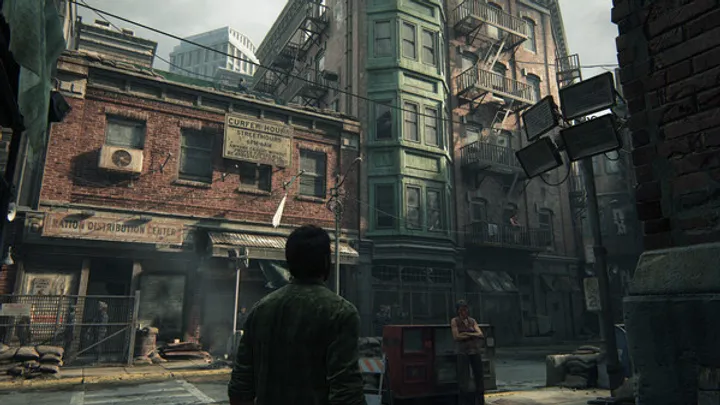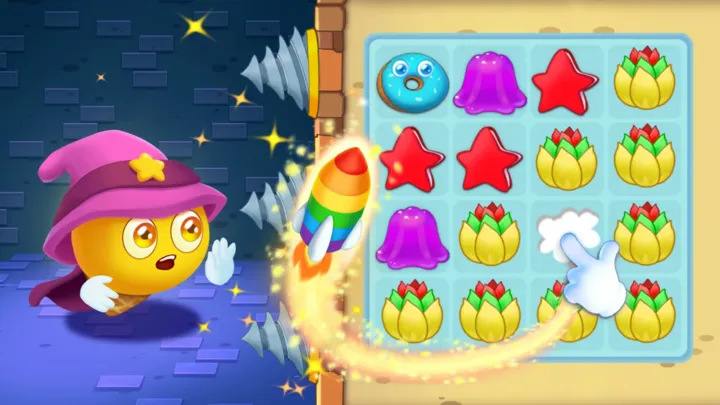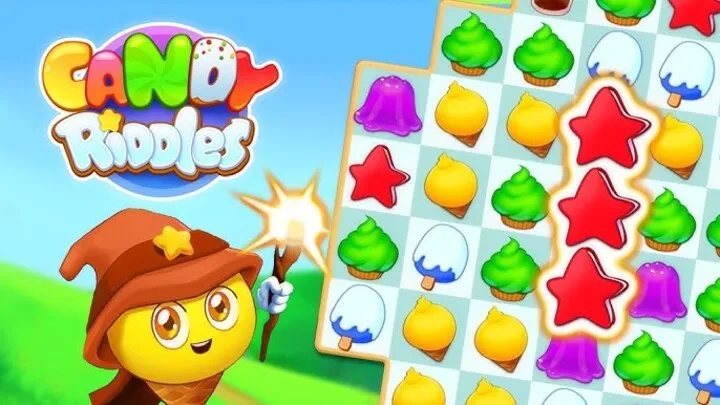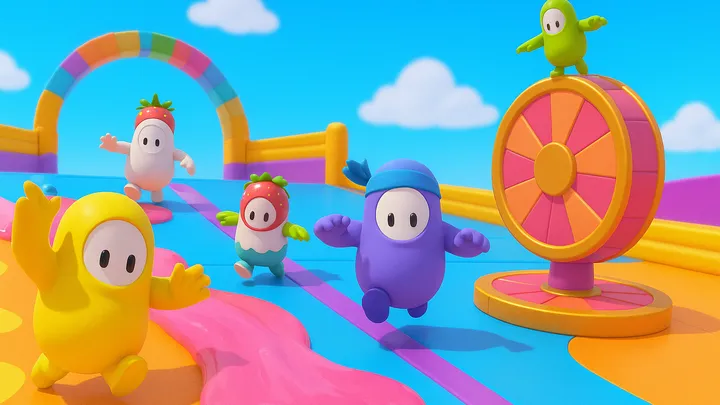REMATCH is not your typical sports simulator. It is a high-octane, third-person action game that distills the essence of football into a frantic and skill-based experience. Unlike traditional games where you control an entire team, REMATCH puts you in the boots of a single player in a fast-paced 5v5 match. Mastering this game requires a deep understanding of your individual role, flawless team coordination, and a mastery of the core mechanics. This expert-level guide will break down the essential skills and strategies needed to dominate the pitch, from fundamental controls to advanced tactical concepts that will separate you from the competition.
The Core Fundamentals: Movement and Ball Control
At the heart of REMATCH is the unique one-player control system. Your mastery of movement and ball control is the foundation of every successful play.
Movement and Positioning: Since you are controlling only one player, your positioning is paramount. You are not just a static body on the pitch; you are a key part of a dynamic system. On defense, your primary goal is to cut off passing lanes and anticipate the opponent's movements. You should not blindly chase the ball carrier, as this will pull you out of position and leave a gap for the opponent to exploit. Instead, use your positioning to corral the opponent, forcing them into a more predictable path where your teammates can intercept. On offense, your job is to constantly create space. This means making intelligent runs, both with and without the ball, to open up passing options for your teammates. The art of the game is in your ability to read the field and be in the right place at the right time.
Ball Control and Dribbling: The game's control over the ball is both accessible and deep. Mastering dribbling is not about complex button combinations, but about timing and direction. A simple tap of the direction key can send the ball forward, while a well-timed juke can leave a defender behind. The key is to be unpredictable. Do not run in a straight line; use subtle shifts and changes in pace to throw your opponent off balance. The game's physics are designed to feel responsive, so your control over the ball should feel like a natural extension of your movement. Practice simple dribbling drills in the training mode to get a feel for the ball's momentum and weight.


Offensive and Defensive Strategies
Your role in REMATCH is fluid. You must be able to seamlessly transition from attack to defense, and your strategy in both phases is critical to success.
Offensive Play: The game's attacking philosophy is built on teamwork. You cannot win on your own. Your role on offense is to work with your four teammates to create scoring opportunities. The one-two pass is a fundamental skill. Play a simple pass to a teammate and immediately sprint into open space for a return pass. This is a powerful tool for breaking down a rigid defense. Beyond that, communication is key. In a multiplayer setting, a simple voice callout like "I'm making a run!" or "Pass it back!" can be the difference between a scoring chance and a turnover.
Shooting and Aiming: Scoring in REMATCH is a skill-based mechanic that requires precision and timing. When you take a shot, a simple aiming reticle will appear. You must line it up and time your shot to perfection. The game's core philosophy emphasizes skill over luck, so a well-timed and well-aimed shot will almost always find its target. You can practice this in the shooting gallery mode to develop a feel for the aiming system.
Defensive Play: Defense in REMATCH is a proactive effort. You must constantly anticipate the opponent's next move. The primary defensive tool is the tackle, but a poorly timed tackle can leave you out of position. The key is to use your positioning to cut off passing lanes, and then only commit to a tackle when you are confident you can win the ball. The game's unique third-person perspective gives you a wider view of the field, so you should use this to your advantage to see the entire play unfold. A good defender is a master of anticipation.
The Team Dynamic: Synergies and Roles
While you only control one player, you are part of a larger team, and understanding how your role fits into the team dynamic is crucial.
There are no formal classes in REMATCH, but players will naturally specialize in specific roles.
- The Attacker: Your job is to score goals. This means constantly making intelligent runs, positioning yourself in dangerous areas, and being clinical with your shots. You should communicate with your teammates and call for the ball when you have an open look.
- The Midfielder: You are the heart of the team. Your role is to control the flow of the game, both on offense and defense. On offense, you are responsible for distributing the ball and creating plays. On defense, you are the first line of defense, cutting off passing lanes and disrupting the opponent's rhythm.
- The Defender: Your job is to protect the goal. This means you must be a master of positioning and tackles. You should stay disciplined and not get pulled out of position, as this can leave your goal vulnerable. Your job is not to score goals, but to prevent them.
The best teams in REMATCH have players who understand their roles and execute them flawlessly. Communication is the lifeblood of this game. You and your friends should use voice chat to constantly update each other on your positions, your intentions, and the location of the opponent. The team that communicates and works together is the team that will win.
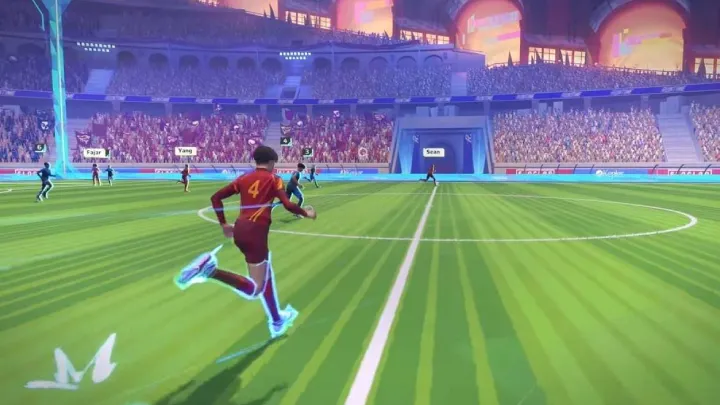
Advanced Strategies: Beyond the Basics
Once you have a solid grasp of the fundamentals, you can start to incorporate more advanced strategies into your game.
The Press: A coordinated press is a powerful tool for winning the ball back quickly. As a team, you can decide to press the opponent aggressively, with one player closing down the ball carrier and the others covering the passing lanes. This is a high-risk, high-reward strategy that can lead to a quick turnover and a scoring opportunity.
The Counter-Attack: The game's fast pace makes it perfect for counter-attacks. When you win the ball back in your own half, you should look for a quick pass to an open teammate who can sprint down the field and create a scoring chance. The key is to be fast and decisive.
Set Pieces: Set pieces, such as free kicks and corners, are often a major source of goals. In REMATCH, you can practice set pieces in the training mode to develop a specific routine. You can decide on a designated free-kick taker and practice specific runs that your teammates can make to get open for a shot.
Final Thoughts: The Art of the Team
REMATCH is a game that celebrates the art of teamwork. While your individual skill is important, it is your ability to work with your teammates that will ultimately determine your success. The game's fast pace and unique one-player control system create a dynamic and exciting experience that is at its best when you are working with others.
The journey to becoming a master of REMATCH is a long one, but the shared experience of building a team with your friends and climbing the ranks together is an incredibly rewarding one. The ultimate victory is not just winning a match, but becoming a cohesive unit that can outsmart and outplay any opponent.
This video highlights the core gameplay loop and unique third-person perspective of REMATCH.
REMATCH | Golden Rules Trailer | Release Date Announcement








